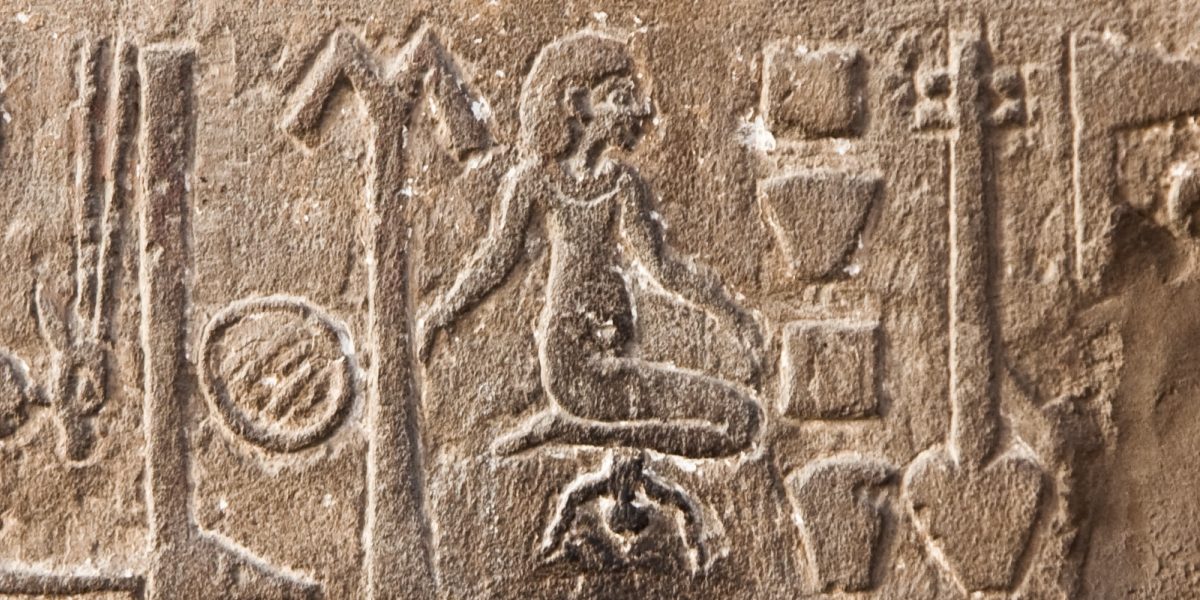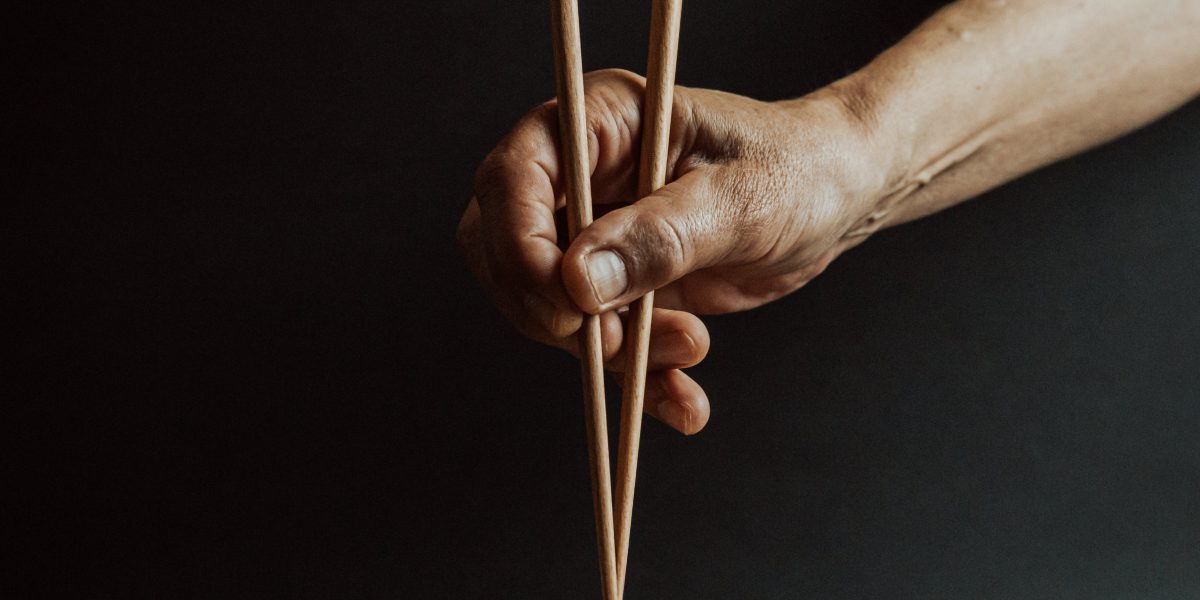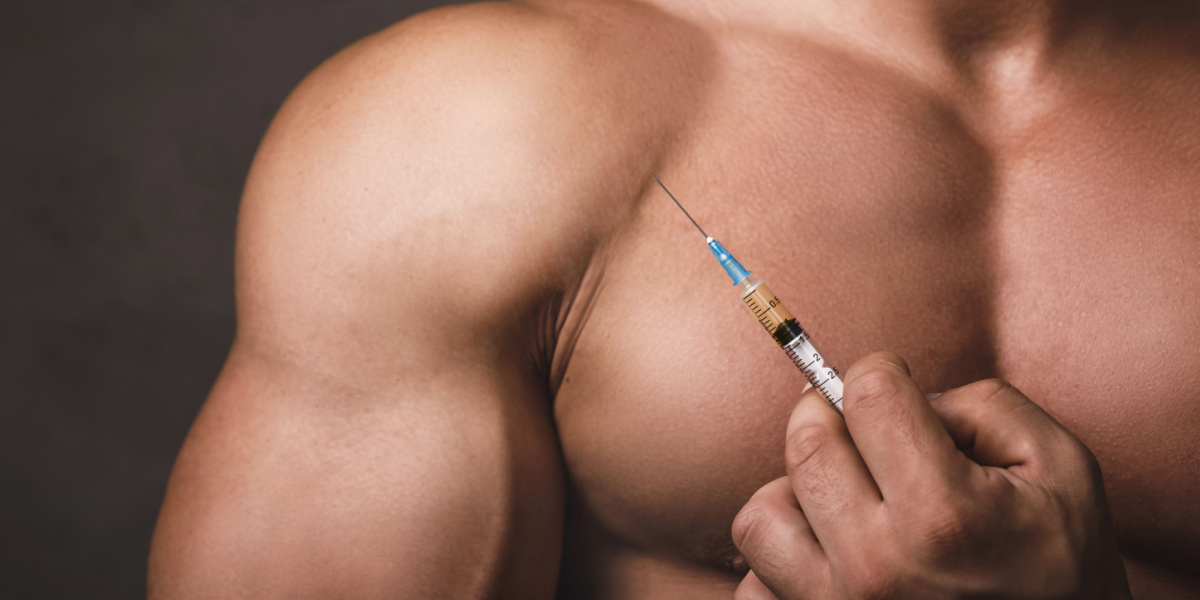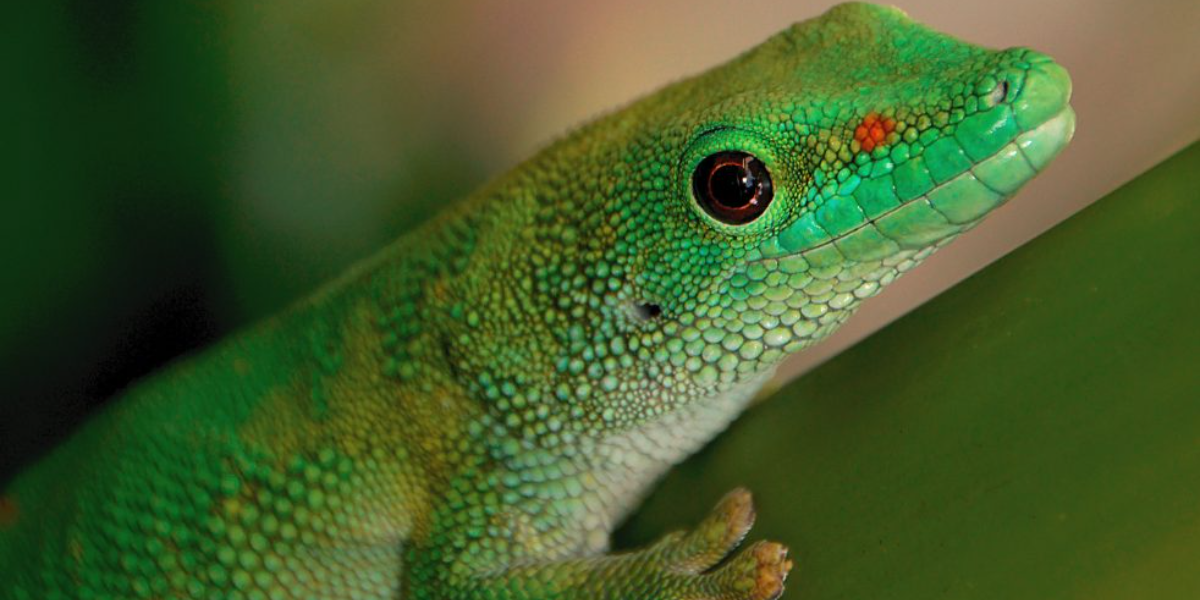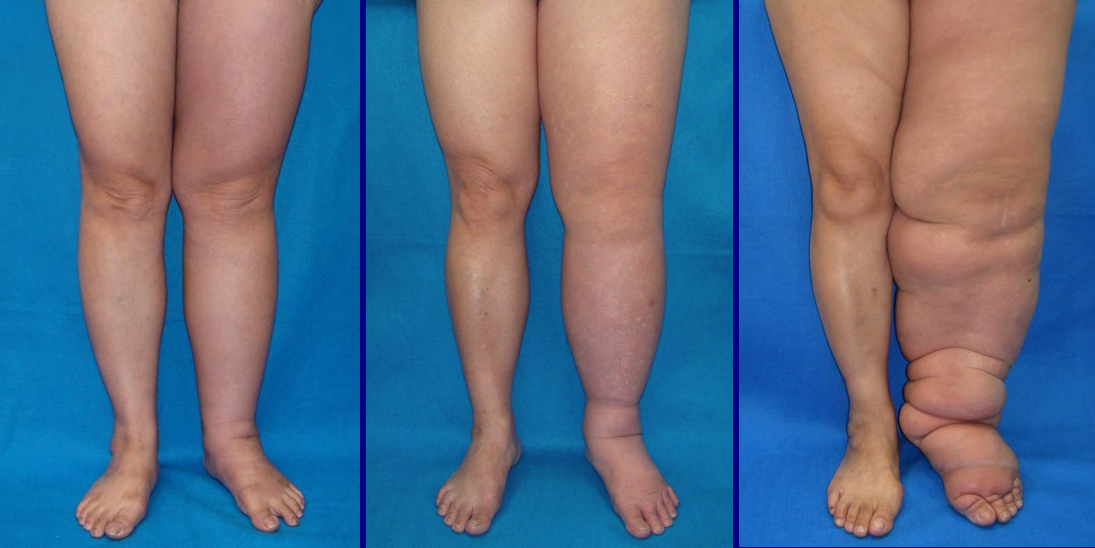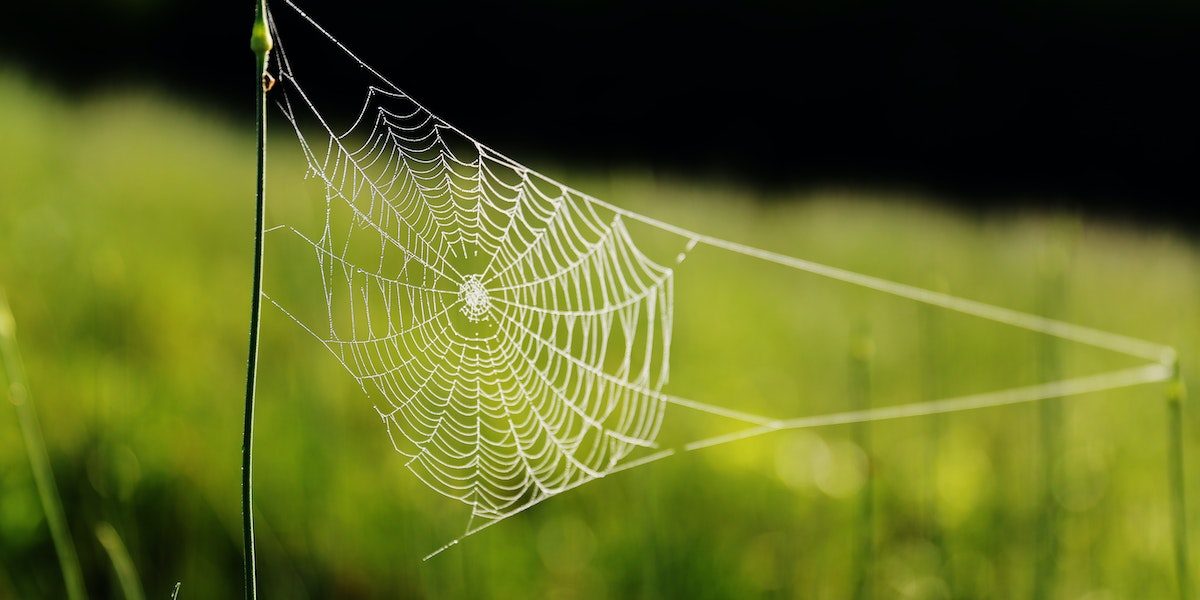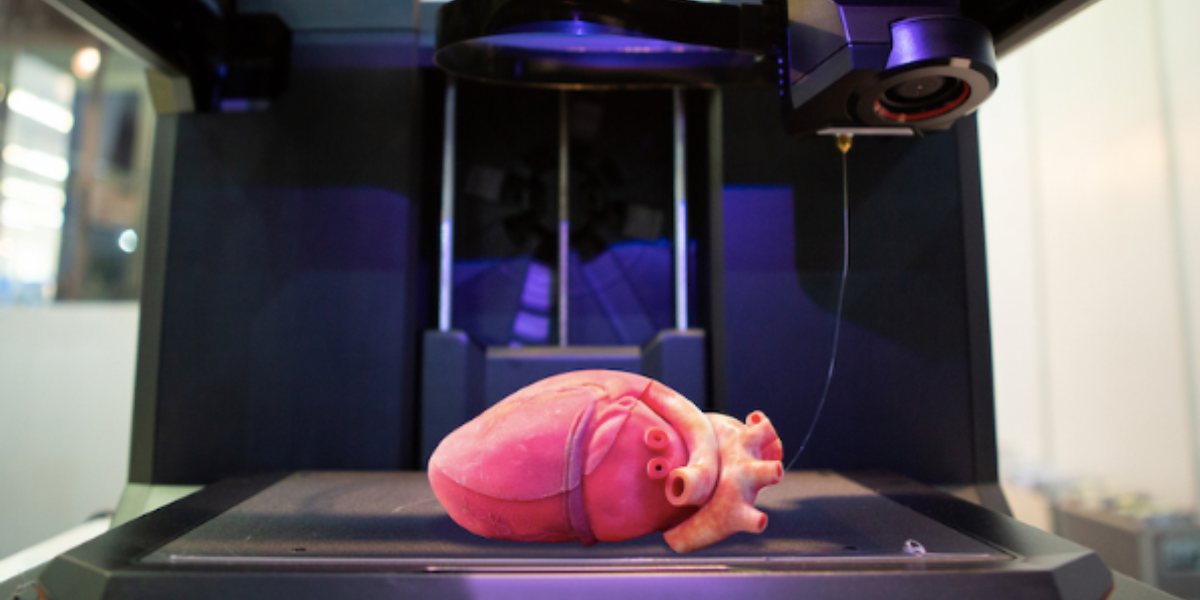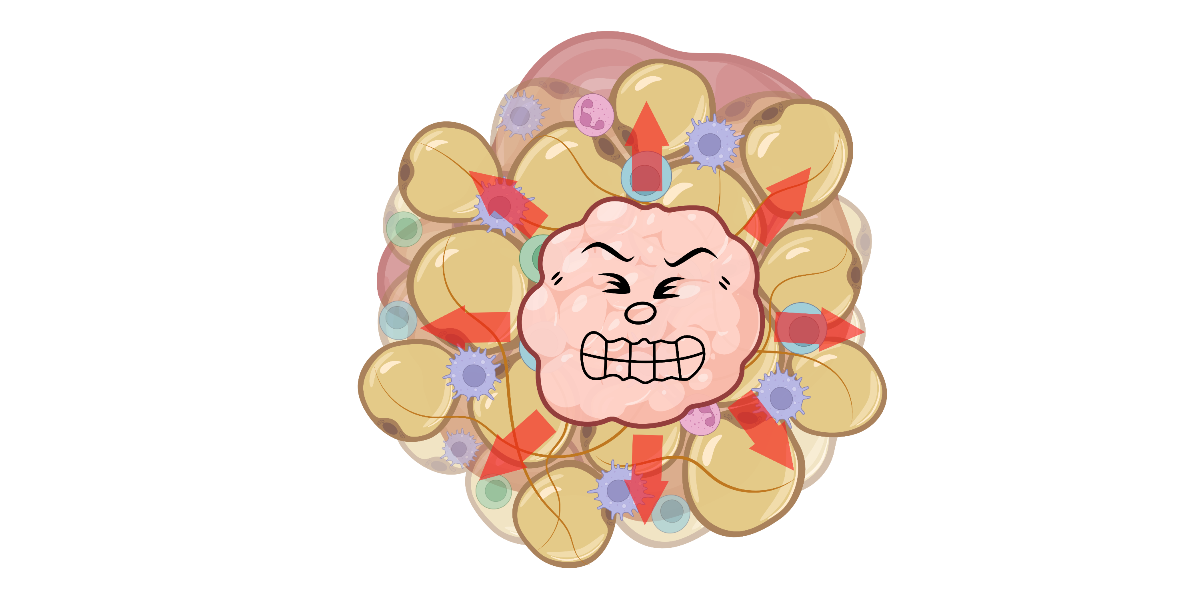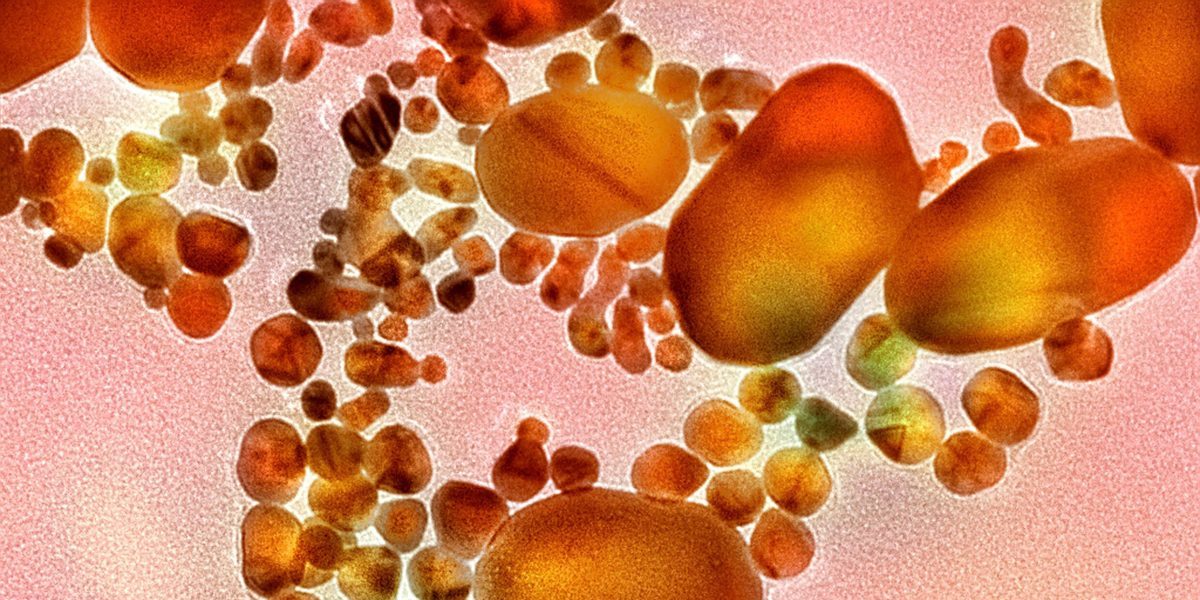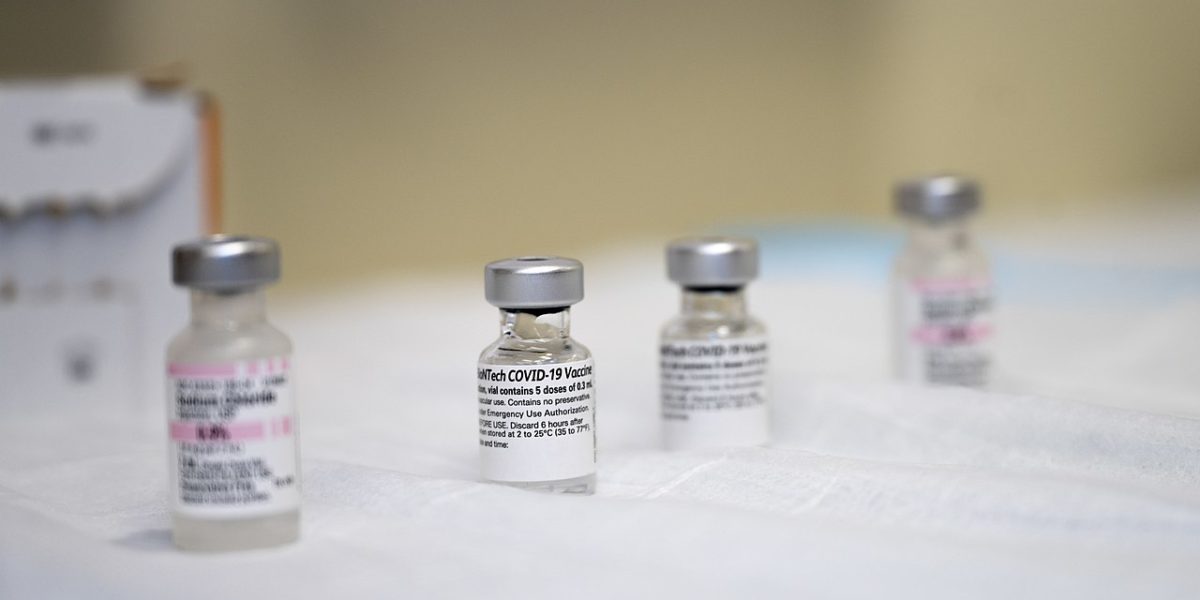Ancient records and relics suggest that upright birthing positions, such as kneeling, squatting, sitting, and standing, were the predominant method of childbirth throughout human history. Moreover, a 1961 study found that only 14 of 76 existing traditional cultures assumed dorsal positions during childbirth. However, upright childbirth was largely abandoned in the West during the medicalization of labor and delivery between the 14th and 16th centuries. The shift from upright to horizontal birthing norms is largely attributed to the French physician François Mauriceau. In his book, The Diseases of Women with Child and in Child-Bed, he advocated for the semi-recumbent birthing position, whereby the laboring mother lays on her back with her head and shoulders slightly raised (Dundes, 1987). Today, this standard is generally undisputed among physicians and expectant mothers in Western nations. However, experts argue that this norm is largely rooted in interventional convenience and is perpetuated by modern technologies such as continuous monitors and anesthetics, which constrain movement. Here, an examination of clinical and biomechanical data sheds light on the complexities surrounding this topic.
Continue reading “Biomechanical and Historical Insights into Birthing Position”Tag: medicine
Chopsticks and Simulations: How this combination can save millions and years in cancer research
Did you know that getting a single drug approved can take around 20 years and cost millions of dollars? This lengthy process includes rigorous in vitro (lab-based), in vivo (animal testing), and clinical trials to ensure safety and efficacy.
But what if I told you that scientists are working on advanced 3D in vitro cell culture models that could bridge the gap between traditional 2D cell cultures and animal testing? These innovative models can potentially revolutionize drug development, saving both time and money.
Continue reading “Chopsticks and Simulations: How this combination can save millions and years in cancer research”How steroids affect muscle growth and performance
What is the most difficult thing to do in sports? Many fans and journalists say it’s hitting a home run in baseball. It isn’t so hard for everyone though- Barry Bonds racked up 762 of them across his MLB career, setting the record for the most home runs ever hit. But what fans also remember are the allegations that Bonds used performance-enhancing drugs to gain a step on the competition. But how much of his success should really be attributed to steroids?
Continue reading “How steroids affect muscle growth and performance”Move Over Band-Aids, the Gecko is Here.
Band-Aids and stitches have been around forever. They are safe and common ways to address everything from paper cuts to deep wounds. However, these technologies each have their own drawbacks and researchers have looked to nature to improve upon them; enter the gecko, more specifically their feet. The goal of these scientists was to use the adhesive properties of a gecko’s foot pads as an alternative method to hold wounds closed, but how does this work?
What Makes Geckos so Clingy?
A gecko’s foot pads are unique instead of relying on any sticky substance, their toes have rows and rows of setae. Setae as you can see below are essentially rows of microscopic hooks that can cling in one direction. This causes no damage to the surface and because of the ways the setae are oriented, they are easy to remove from the surface in one direction. This is what allows a gecko to both cling to and easily remove their feet from a surface, or in our case makes adhesives made with this technique both secure and easier to remove than their counterparts.

The Importance of Stickiness
Human skin is actually quite a rough surface that undergoes a lot of compression, tension and is further complicated by the existence of hair follicles and sweat. All of these factors make attaching anything like the gecko-based dry adhesive to the skin a daunting task. To get around this, bandaids rely on overpowering amounts of sticky substance and stitches are woven into the skin. This means that upon removal more damage and irritation to the wound can occurs. In a study the adhesive force of this technology was tested as well as the removal difficulty. It was found that this new method can achieve maximum closing forces slightly below that of sutures and is easier to remove than a bandaid of the same size. Notably, it does perform worse in wet or very humid conditions, so waterproof band-aids have a bright future.
The Design
A team of researchers published a study outlining the design, benefits, and drawbacks of a medical adhesive designed to mimic the gecko. This design encompasses the wound while providing a closing force to keep the wound closed. The amount of closing force imparted can be altered by changing both the number of legs and their thickness.
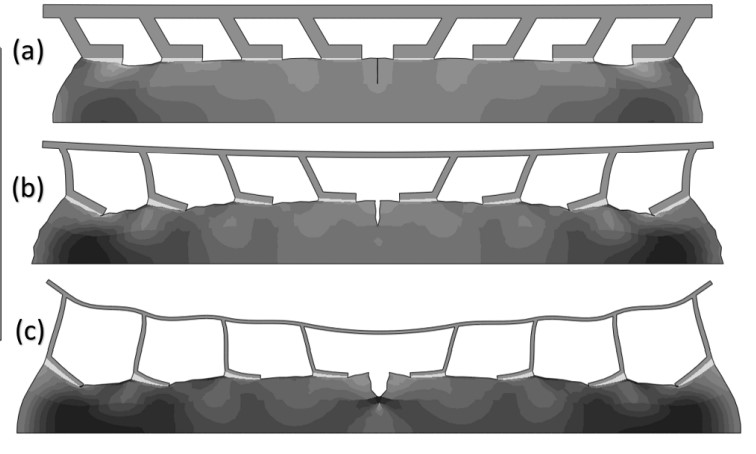
This is important because it means this method can be adapted to match the type of wound it is addressing. For a small cut a small adhesive with few legs can be used whereas, for a more serious wound, a larger adhesive layer with more, thicker legs will be used. This method also allows for air circulation allowing oxygen to reach to wound which promotes healing better than traditional methods. Using a gecko adhesive also minimizes wound irritation which can be a problem, especially for stitches and sutures which often cause irritation and even infection. Finally, this dry adhesive surface is biocompatible and can be made biodegradable. This means they will not react negatively with the skin and can safely dissolve in the body. This makes it a very desirable alternative to sutures which must be removed after insertion causing further wound irritation and requiring another visit to the doctor.
So while it may take a few years still don’t be surprised if you see dry adhesives for wound closings popping up on shelves; and when you see them know that they were inspired by the gecko. If you would like to learn more keep reading here.
Footsteps and Force-Waves: New Methods of Measuring Lymphedema
The lymphatic system is a system of vessels and lymph nodes that runs parallel to our vascular system. It takes up extra fluid from around our cells, filters it, and returns the liquid to our circulatory system. When part of the lymphatic system is damaged by surgery, radiation treatments, or injury, a progressive disease called lymphedema can occur.
Continue reading “Footsteps and Force-Waves: New Methods of Measuring Lymphedema”The Amazing Spider Silk
When one imagines the wonders of the natural world, the spider is not the first organism that comes to mind. However, possibly the most hated beings in all creation produce one of nature’s marvels: spider silk.
Properties
Spider silk has a number of properties that make it such an impressive material. First, spider silk is incredibly strong and tough. Spider silk is stronger than steel, and its toughness, or ability to absorb energy, is nearly three times that of Kevlar. And spider silk weighs less than both materials. These three properties alone would qualify spider silk as a super-material. The structural and ballistic industries stand to be disrupted by spider silk materials. For example, because spider silk can absorb energy better than Kevlar and is more lightweight, spider silk would be an excellent material for military and civilian self defense applications.
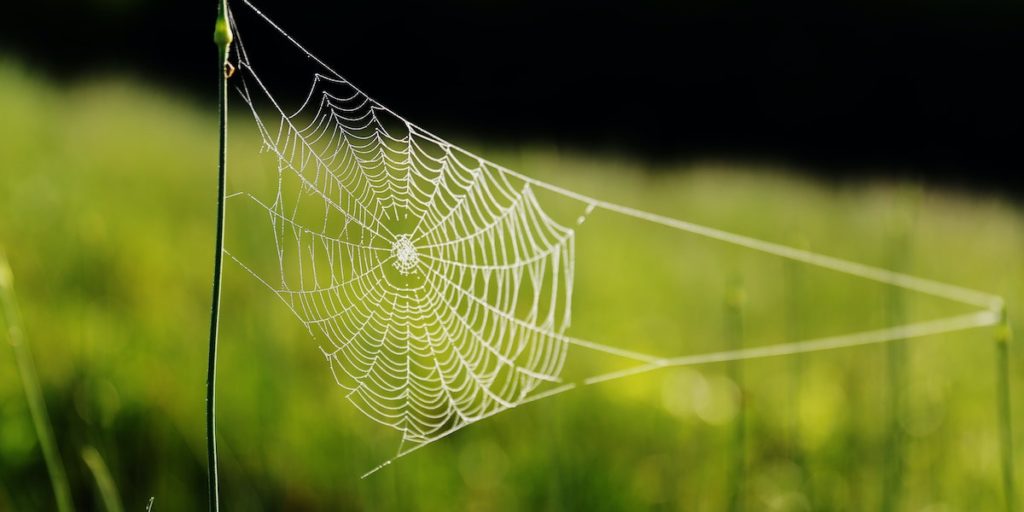
Spider silk also has an elasticity similar to that of human tendons while exhibiting a near perfect resistance to fatigue. Hennecke et al. show that spider silk has a similar stress-strain curve to that of a human tendon, and both materials have a memory which allows them to recover their form after loading. Tendons are constantly being loaded and unloaded throughout their life. Finding adequate materials for artificial tendons is particularly difficult, because most materials begin to lose their properties in cyclic loading, leading to a defined and small life time for the number of cycles tendons are forced through. But spider silk does not appear to lose its strength or elasticity even after high numbers of cycles.
In addition to these physical properties, spider silk also has been found to be both antiseptic as well as biocompatible. Spider silk has been used for medicine since ancient times due to its antiseptic properties, and for this reason, as well as its strength and toughness, spider silk is an excellent component in salves and bandages. Artificial tendons are prone to infection, and so spider silk’s antiseptic property is another reason why it is an ideal material for this application. Because spider silk is also biocompatible, as well as tough, it is a viable material for organ repair.
Continue reading “The Amazing Spider Silk”Technology Saving Lives with 3D Bioprinting Organs and Tissues
When you walk into the DMV and get your license for the first time, you get asked an important question. Would you like to be an organ donor? Many people are unsure how to respond at first because they don’t understand what it entails; however, by diving deeper, one can truly understand the impact of this decision. According to the Health Resources and Services Administration, 17 people die each day waiting for an organ transplant. The amount of donations received per day is not enough to outweigh the need for the transplant, and lives are lost every day. However, with new technology and medicine, the world of 3D printing organs, biocompatible materials, and tissues has made tremendous strides in saving lives.
In this blog article, I would like to discuss three aspects of bioprinting organs: the various materials, the different types of printing, and the internal bodily reactions.
3D bioprinting tissues is a very complex matter, starting with the topic of materials. The first thing to consider when 3D printing tissues is the material with which the patients specific product will be constructed. This is a challenge as the compatibility of the material needs to work with the printing machine and the patient’s body. The most common materials used are categorized into two separate types. The first type is natural polymers like gelatin and collagen, and the second is synthetic polymers like polyurethane. Ph.D. student Saeedeh Vanaei explains in a review paper that natural polymers are advantageous because they have low solubility levels and are very vicious. Natural polymers produce fewer issues during production, leading to fewer patient complications. On the other hand, synthetic polymers are advantageous because they have high tensile strength and can break down into smaller parts.
There are many different types of 3D printing of these biological organs. However, the most used include extrusion-based models, laser-assisted models, and bio inkjet droplet-based. In this field of bioprinting tissues and organs, bioinks is a term used to describe these previously mentioned polymers used to make artificial organs/tissues. A study by Tao Xu at the University of Clemson found that bioprinting using inkjet is a viable option for reproducing living tissues in animals. This type of engineering will be duplicated in human tissues.
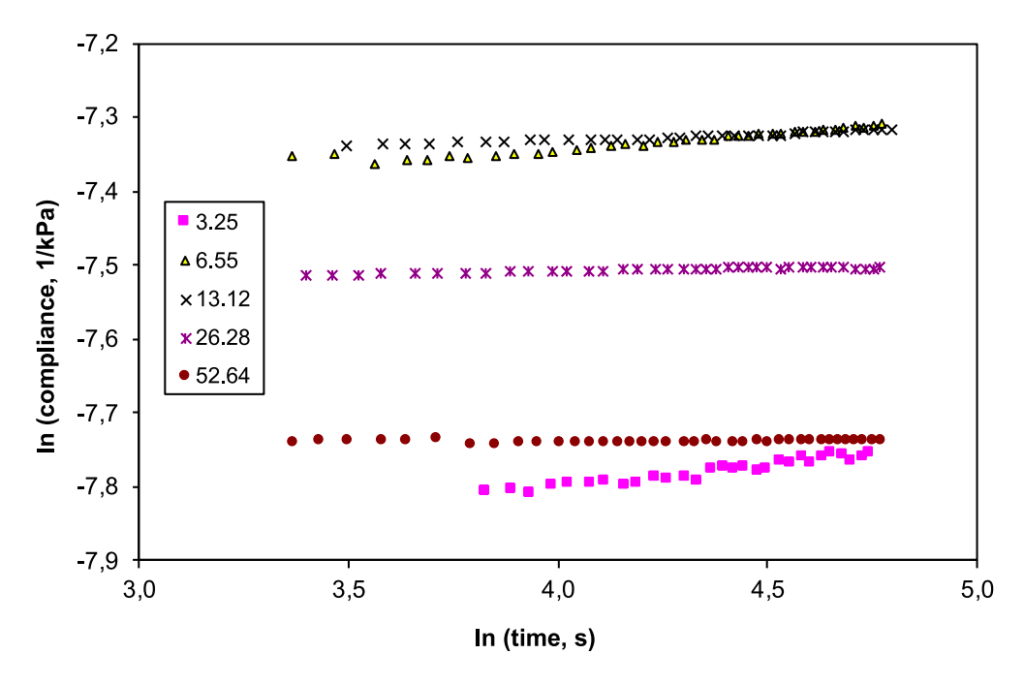
When a foreign intruder enters unknown territory, it is hard to determine the outcome. The same goes for the human body. It is almost impossible to match original tissues to 3D printed ones, and deadly complications can arise if the body doesn’t accept the foreign tissue. In their published study, Alexandra Zühlke and Michael Gasik performed creep tests that indicated the creep compliance of silicone bioprinted tissues. A creep test showes the changes and modifications a material undergoes when introduced to stresses. These tissues were placed under different stresses at various pressures. Their creep compliance can be seen in the figure to the left. The results concluded pressures that the foreign tissue would need to exert on the neighboring parts of the body to lead to the least amount of complications. These complications can lead to surrounding tissue dying and could likely result in the need to remove the bioprinted organ surgically.
Overall, considering the very high organ demand, 3D bioprinting these tissues gives hope and security to patients worldwide. For more information on this topic of the advancements of the technology 3D printing organ, please visit these two articles here and here.
Pressed and stressed: How understanding tumor biomechanics may be the future for treating patients with triple-negative breast cancer
Despite unstinting interventions such as chemotherapy and surgical tumor removal, approximately 40% of patients with stage I-III triple-negative breast cancer (TNBC) will experience tumor recurrence. Fortunately, not all hope is lost. The advent of immune checkpoint blockade (ICB) immunotherapy—a type of therapy that uses one’s own immune cells to kill the cancer—has shown great promise for the treatment of TNBC. However, as Dr. Azra Raza says in her book, The First Cell: And the Human Costs of Pursuing Cancer to the Last, these “immune approaches are not universally curative and, at present, help very few patients.”
Continue readingCuring Cancer: a Giant Problem with a Nano- Solution
What if scientists could treat cancer without the extreme side effects of chemotherapy? Could scientists create a tiny way to cure a giant health crisis? Nanoparticle drug delivery systems could be the answer to our prayers.
Continue reading “Curing Cancer: a Giant Problem with a Nano- Solution”COVID-19 Vaccines: Helping You Combat One Spike Protein at a Time
COVID-19 vaccinations reduce the risk of infection and have the potential to ensure life returns to normal. Everywhere you turn someone is talking about which vaccine they have received: Pfizer, Moderna, Janssen, AstraZeneca… But what is the difference? How do the different types of COVID-19 vaccinations protect us? And does it matter which vaccine you receive?
Continue reading “COVID-19 Vaccines: Helping You Combat One Spike Protein at a Time”